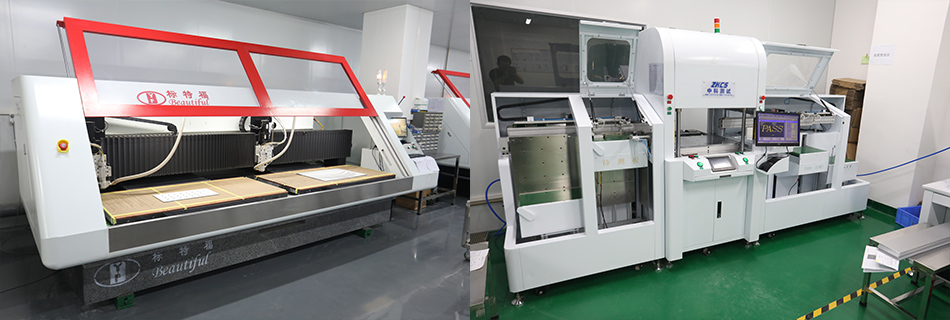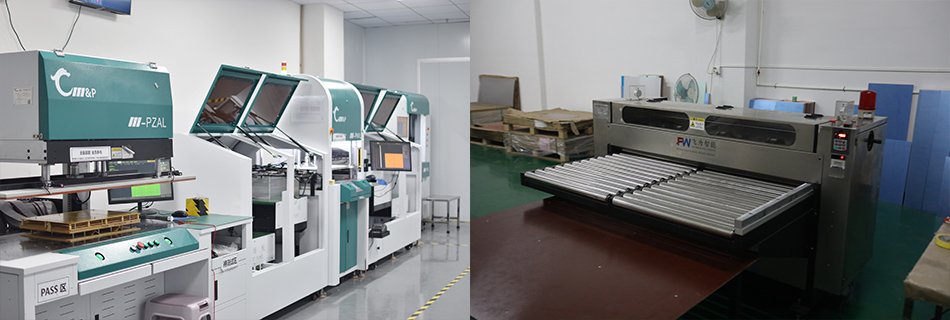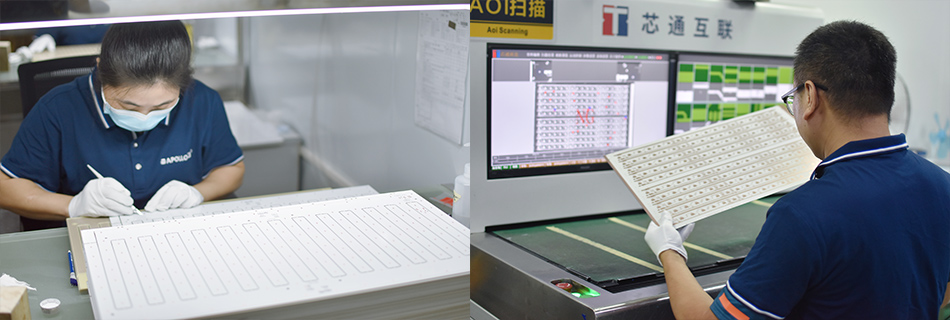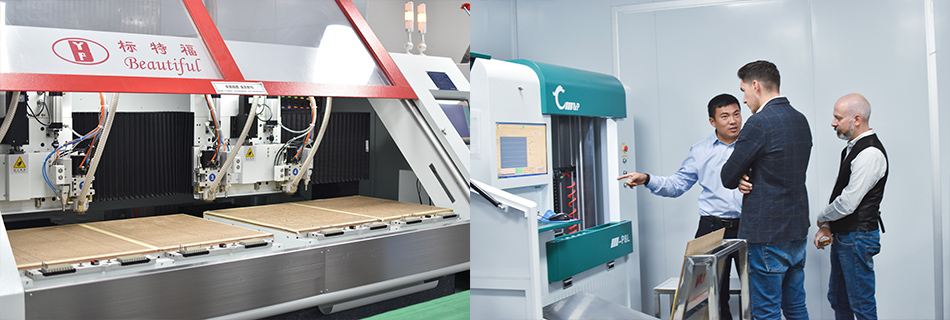-
- PCB TYPE
- PRINTED CIRCUIT BOARD PROTOTYPE ALUMINUM PRINTED CIRCUIT BOARD R&F PCB FPC HIGH FREQUENCY PCB HIGH-TG PCB HEAVY COPPER PCB HDI PCB PCB FOR LIGHTING METAL CORE PCB
time:Oct 08. 2025, 17:05:59
Discover the advantages of choosing a 12-layer ceramic PCB manufacturer for reliable, high-performance PCB manufacturing services across diverse industries.
In the world of electronics, printed circuit boards (PCBs) are indispensable. They form the backbone of most electronic devices, providing both a physical platform for electronic components and a means to connect them. Among the various types of PCBs, ceramic PCBs stand out due to their excellent thermal properties and reliability. When it comes to complex electronic applications, a 12-layer ceramic PCB can be a game-changer.

Ceramic PCBs are a special type of printed circuit board that use ceramic as the substrate material. Unlike traditional PCBs that use fiberglass, ceramic PCBs offer superior heat dissipation, high-frequency performance, and mechanical strength. This makes them ideal for high-power applications and environments where heat management is crucial.
Thermal Conductivity: Ceramic materials like aluminum oxide, aluminum nitride, and beryllium oxide have excellent thermal conductivity, which helps in dissipating heat efficiently. This property is crucial for preventing overheating in high-power applications.
High-Frequency Performance: Ceramic substrates have low electrical loss, making them ideal for high-frequency applications. This ensures signal integrity and reduces signal loss.
Mechanical Strength: Ceramic PCBs have a robust structure that can withstand mechanical stress, making them suitable for applications in harsh environments.
Chemical Resistance: These PCBs are resistant to moisture and chemicals, ensuring longevity and reliability in diverse conditions.

The complexity of a PCB is often determined by the number of layers it has. A 12-layer PCB is a multilayer board that consists of twelve separate layers of circuits stacked together. This structure allows for more complex and compact designs, which are essential in advanced electronic applications.
Compact Design: With twelve layers, designers can create more compact circuits without compromising on functionality. This is particularly useful in modern electronics where space is at a premium.
Enhanced Functionality: Additional layers mean more room for routing and embedding different functionalities. This is crucial for advanced applications like telecommunications, aerospace, and military equipment.
Improved Signal Quality: The multiple layers help in reducing electromagnetic interference (EMI), which enhances signal quality and performance.

Manufacturing a 12-layer ceramic PCB involves several meticulous steps to ensure quality and precision.
The process begins with selecting the right ceramic material based on the specific requirements of the application. Aluminum oxide and aluminum nitride are common choices due to their excellent thermal and electrical properties.
Each layer of the PCB is designed using computer-aided design (CAD) software. The design is then transferred onto the ceramic substrate using screen printing or photolithography techniques.
Once all individual layers are fabricated, they are aligned and stacked. A lamination process follows, where heat and pressure are applied to bond the layers together, forming a single, cohesive board.
Holes are drilled into the board to accommodate electronic components and interconnections between layers. These holes are then plated with a conductive material to ensure electrical connectivity.
The final step involves rigorous testing to ensure the PCB meets the required specifications. This includes electrical testing, thermal cycling tests, and visual inspections.

Selecting the right manufacturer for your 12-layer ceramic PCB is crucial for ensuring quality and reliability. Here are some factors to consider:
Look for manufacturers with extensive experience in producing ceramic PCBs. Their expertise will ensure that your boards are manufactured to the highest standards.
Ensure the manufacturer uses advanced technology and equipment for PCB fabrication. This includes state-of-the-art CAD tools, precision drilling machines, and high-quality plating processes.
Quality should never be compromised. Choose a manufacturer that adheres to stringent quality control measures and industry standards.
Every application is unique, and your manufacturer should offer customization options to meet your specific requirements, whether it's material selection, layer configuration, or special coatings.
The unique properties of 12-layer ceramic PCBs make them suitable for a wide range of applications.
In telecommunications, these PCBs are used in equipment that requires high-speed signal processing and excellent heat management.
The robustness and reliability of ceramic PCBs make them ideal for aerospace and defense applications, where they are used in navigation systems, radar, and communication devices.
In the medical field, ceramic PCBs are used in diagnostic equipment, imaging systems, and other high-precision devices.
The automotive industry uses ceramic PCBs in systems that require high reliability and thermal management, such as engine control units and advanced driver-assistance systems (ADAS).
In the fast-evolving world of electronics, the demand for reliable, high-performance PCBs is ever-increasing. A 12-layer ceramic PCB offers unparalleled advantages in terms of thermal management, signal integrity, and mechanical strength. By choosing a reputable manufacturer with the right expertise, you can ensure your PCBs meet the highest standards, providing a solid foundation for your advanced electronic applications.
Whether you're in telecommunications, aerospace, or any other high-tech industry, investing in 12-layer ceramic PCBs can elevate the performance and reliability of your products.

Got project ready to assembly? Contact us: info@apollopcb.com



We're not around but we still want to hear from you! Leave us a note:

Leave Message to APOLLOPCB
